Research and analysis of thermal runaway of 18650 lithium battery at
80℃
Inadequate thermal management of the battery during operation can cause it
to heat up, entering a self-heating mode. When the temperature continues to rise
uncontrollably, thermal runaway occurs, which ultimately endangers the safety of
the system. When a battery is repeatedly charged/discharged or stored at high
temperatures, the capacity of the battery decreases. High charge/discharge
cycles for Li-ion batteries
Inadequate thermal management of the battery during operation can cause it
to heat up, entering a self-heating mode. When the temperature continues to rise
uncontrollably, thermal runaway occurs, which ultimately endangers the safety of
the system. When a battery is repeatedly charged/discharged or stored at high
temperatures, the capacity of the battery decreases. High charge/discharge cycle
performance and high safety level of lithium-ion batteries are essential for
their large-scale applications. Therefore, to meet these requirements, it is
important to analyze the decay behavior of Li-ion batteries and its impact on
safety.
Thermal runaway in lithium-ion secondary batteries can occur under various
circumstances. The dependence of the state of charge (SOC) on the onset
temperature of thermal runaway and areas of self-heating and thermal runaway in
the battery can be identified using thermal mapping images. But only a few
studies have focused on the thermal behavior of lithium battery decay.
Furthermore, most discussions on their thermal properties have focused on heat
yield or specific calorific value, and the correlation between these parameters
has not been investigated.
Recently, Professor Minoru Umeda of Nagaoka Institute of Technology in
Japan used 18650 LiCoO2 batteries as the research object, and stored the
batteries at different SOC levels at 80°C for different lengths of time. Based
on this, the author summarizes and analyzes the relationship between the thermal
runaway onset temperature of the battery, the self-heating rate, and the heating
rate of each battery. It was found that the self-heating rate is linearly
related to the thermal runaway onset temperature, while the relative heat
generation rate is exponentially related to it. The battery charged to 100% SOC
exhibited the lowest onset temperature of thermal runaway. That is, the higher
the energy content, the easier it is for thermal runaway to occur.
Figure 1. Surface temperature of (a) 0%, (b) 25%, (c) 50%, (d) 75%, and (e)
100% SOC cells in heat-wait-search tests. C1 (143 days storage at 80°C), C2 (58
days), C3 (19 days), C4 (13 days), C5 (7 days)
Low temperature lithium iron phosphate battery 3.2V 20A -20℃ charge, -40℃
3C discharge capacity ≥70%
Charging temperature: -20~45℃ -Discharging temperature: -40~+55℃ -40℃
supports maximum discharge rate: 3C -40℃ 3C discharge capacity retention
rate≥70%
Click for details
a shows that the first battery to reach 200C is C5, followed by C4, C3, C2
and C1. Under 0% and 25% SOC conditions, batteries with different storage times
showed similar trends when reaching the 200C limit. But there is no clear trend
for cells with 50%, 75% and 100% SOC.
. Heating rate dT/dt during thermal runaway tests of (a) 0%, (b) 25%, (c)
50%, (d) 75%, and (e) 100% SOC cells.
Regarding the 0% SOC battery, the thermal runaway onset temperature of the
C4 and C5 batteries is about 170C, while that of the C1, C2 and C3 batteries is
about 180C.
Regarding the 25% SOC battery, the thermal runaway onset temperature of all
batteries (C1-C5) is about 180C. In the 50% SOC battery, the starting
temperature of the C5 battery is ~160C, and the starting temperature of the
other batteries is about 175C.
Regarding the 75% SOC battery, the starting temperature of the C5 battery
is 170C, and the starting temperature of the other batteries is about 160C.
Low temperature high energy density 18650 3350mAh-40℃ 0.5C discharge
capacity ≥60%
Charging temperature: 0~45℃ Discharging temperature: -40~+55℃ Specific
energy: 240Wh/kg -40℃ discharge capacity retention rate: 0.5C discharge
capacity≥60%
Click for details
For a 100% SOC battery, the thermal runaway onset temperature is about
150C.
Heat maps of (a) 0%, (b) 25%, (c) 50%, (d) 75%, and (e) 100% SOC batteries.
The blue, yellow and red bars reflect no heating (dT/dt<0.05Cmin-1),
self-heating (0.05Cmin-1dT/dt<1Cmin-1), and thermal runaway regions
(1Cmin-1dT/dt).
There was no correlation between the onset temperature of self-heating and
SOC or storage degradation conditions. Higher SOC results in lower thermal
runaway onset temperature). This trend indicates that the battery SOC has a
greater influence than the degree of storage decay.
Figure 4. Open circuit voltage and internal voltage during thermal runaway
test of Li-ion battery at (a) 0%, (b) 25%, (c) 50%, (d) 75%, and (e) 100% SOC
The relationship between resistance and battery surface temperature.
0%, 25%, 50%, 75% SOC battery at about 120 ℃, the internal resistance
increases suddenly and the OCV decreases. As the temperature increases further,
the OCV decreases and the internal resistance increases. A sharp increase in
internal resistance was observed at temperatures below 100 °C for cells using
100% SOC, but the subsequent behavior was identical to that of other cells.
During the ARC measurement, all cells showed similar trends in internal
resistance and OCV, independent of SOC.
Self-heating rates of 0%, 25%, 50%, 75% and 100% SOC Li-ion batteries
(left); 0%, 25%, 50%, 75% and 100% SOC Li-ion batteries at 180°C relative Heat
production rate (right)
The calculation method of the self-heating rate is: Q=CpmΔT/Δt (ΔT is the
temperature change of the battery; Δt is the time elapsed from the beginning of
the battery thermal runaway to 200C; Cp is the specific heat capacity
0.85kJkg−1K−1; m is the battery mass). The self-heating rate increases at higher
SOC (75% and 100%), and the self-heating rate of the C2 cells in these groups is
higher. On the other hand, with regard to the battery with SOC of 50%, the
self-heating rate of the C4 and C5 batteries is higher. This change indicates
that the self-heating rate is more strongly dependent on SOC than the storage
condition at 80C. Regardless of the storage conditions at 80 °C, the relative
heat generation rate of the SOC100% battery is the highest. In the calculated
relative heat production versus SOC and storage conditions, the relative heat
production rate at 100% SOC was twice that at 75% SOC. In addition, the fresh
battery at 100% SOC exhibited a higher heating rate than the degraded battery.
(Relative heat generation rate: during a thermal runaway test (100% SOC) by
dividing the heating rate of the cell at 180C by the heating rate of a new
reference cell at 180C)
(a) Self-heating rate and (b) relative heat generation rate versus onset
temperature of thermal runaway. Symbols indicate storage conditions for C1 (●),
C2 (■), C3 (◆), C4 (▲) and C5 (▼); cells are 0% (black), 25% (light blue), 50%
(orange ), 75% (green) and 100% (red) SOC.
The onset temperature of 0~50% SOC battery is roughly in the same
temperature range, while the onset temperature of 75% and 100% SOC is lowered.
The relative heat production rate has a strong exponential correlation with the
onset temperature of thermal runaway. Similar to the correlation of the
self-heating rate, the thermal runaway onset temperature of 0~50% SOC is almost
the same, where the relative heat generation rate is small. However, at 75% and
100% SOC, the relative heat generation rate increased exponentially with the
transition from the thermal runaway onset temperature to lower temperatures. All
data points show an exponential relationship between thermal runaway onset
temperature and SOC, independent of storage conditions. By varying the storage
conditions in this study, it was demonstrated that all batteries tested at 100%
SOC were thermally unstable, exhibiting a lower thermal runaway onset
temperature.





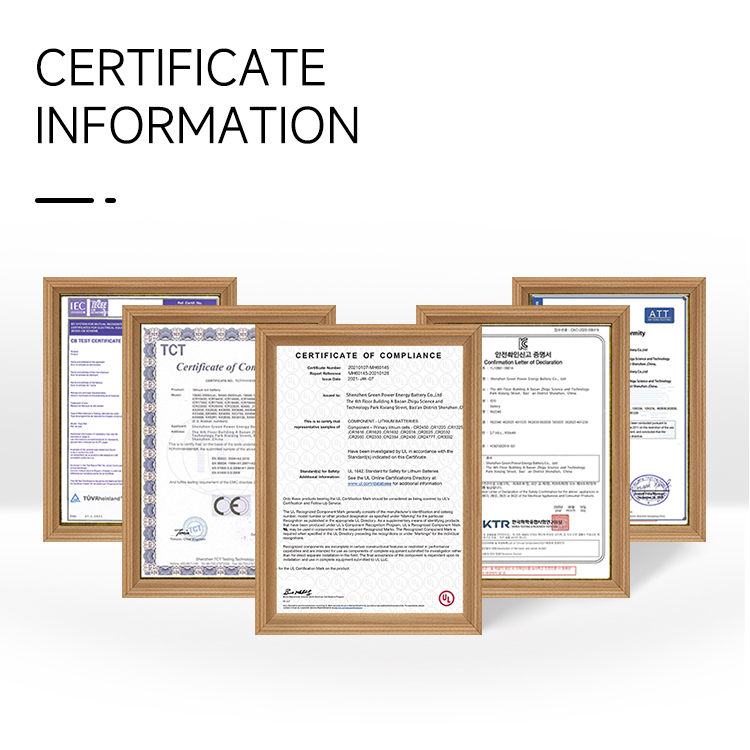
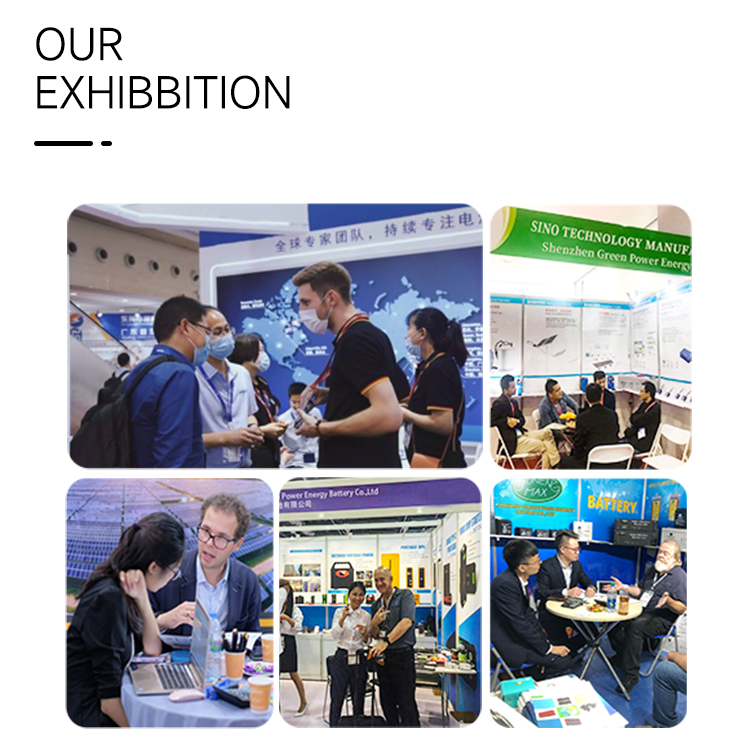
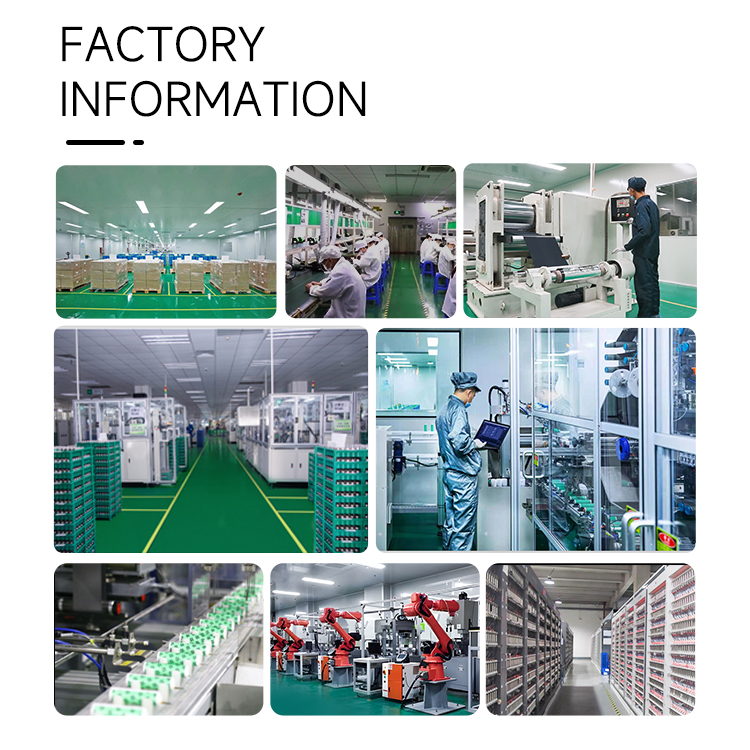

































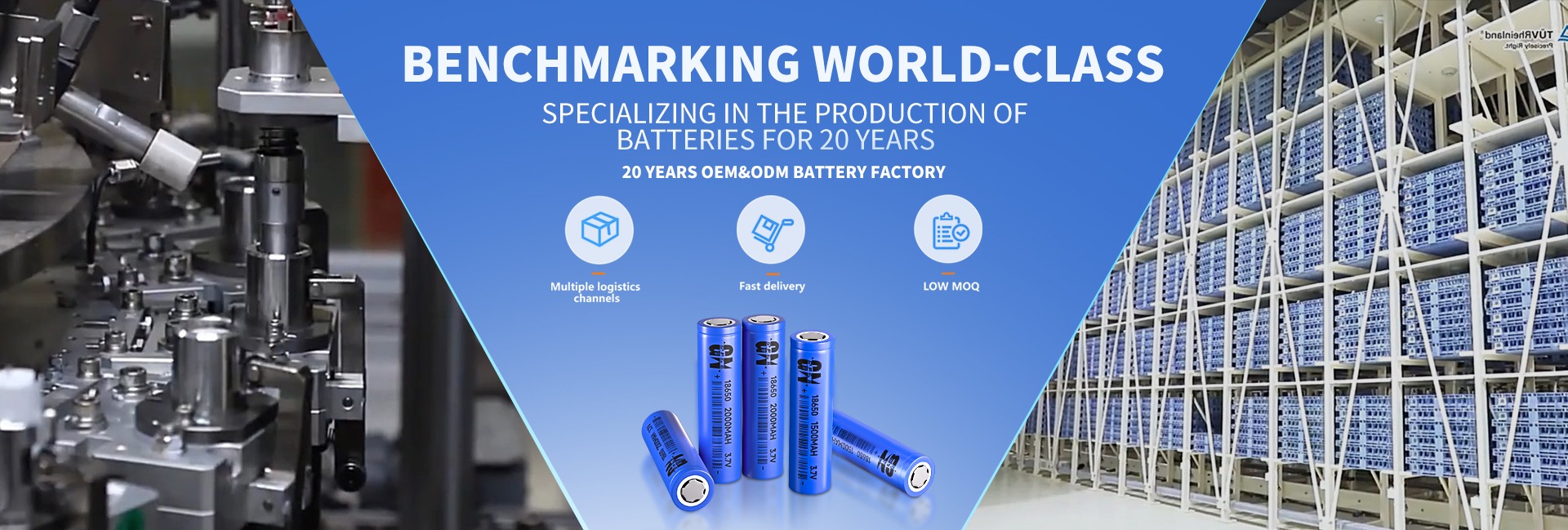
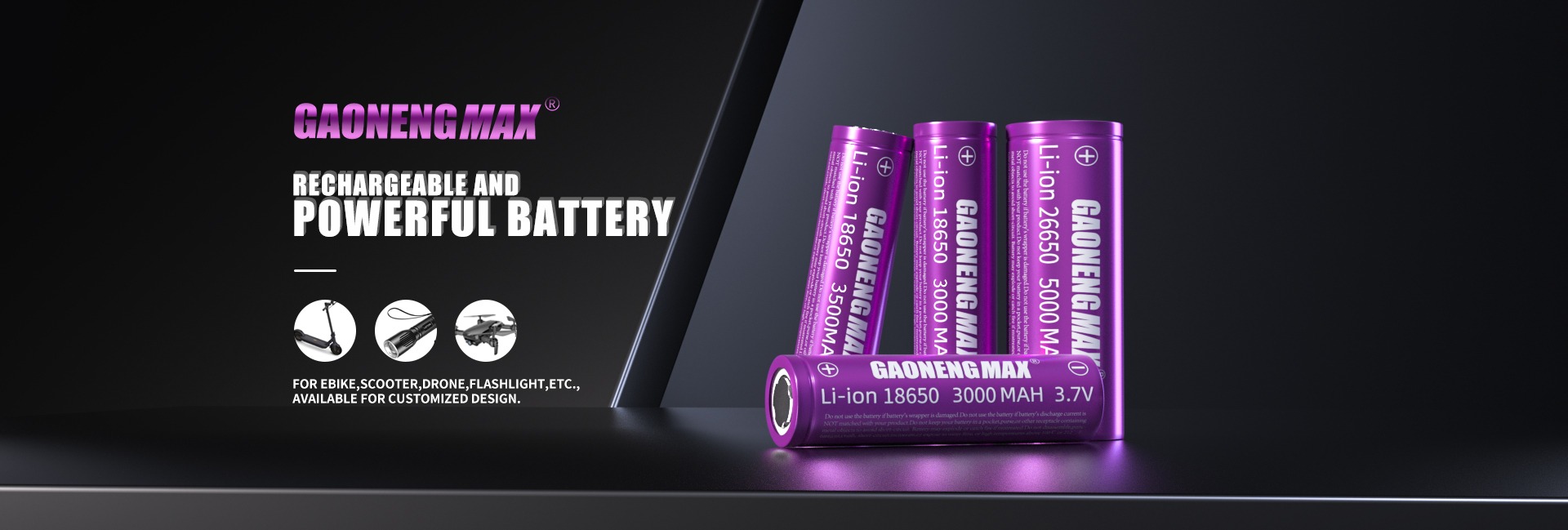
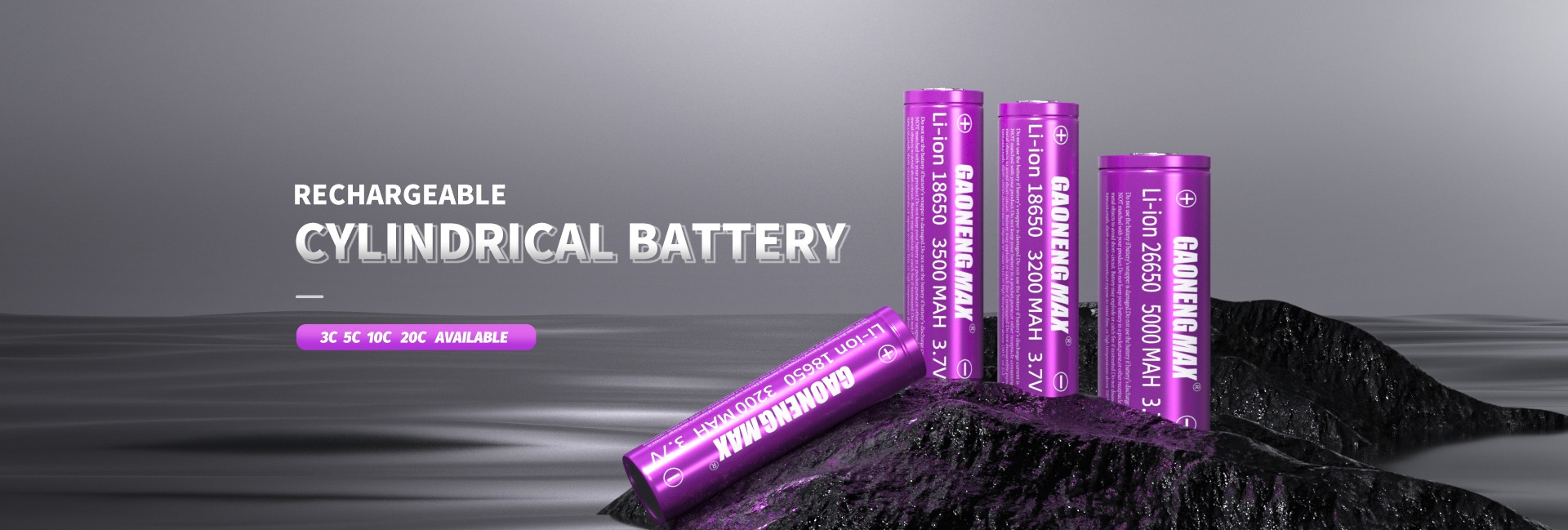
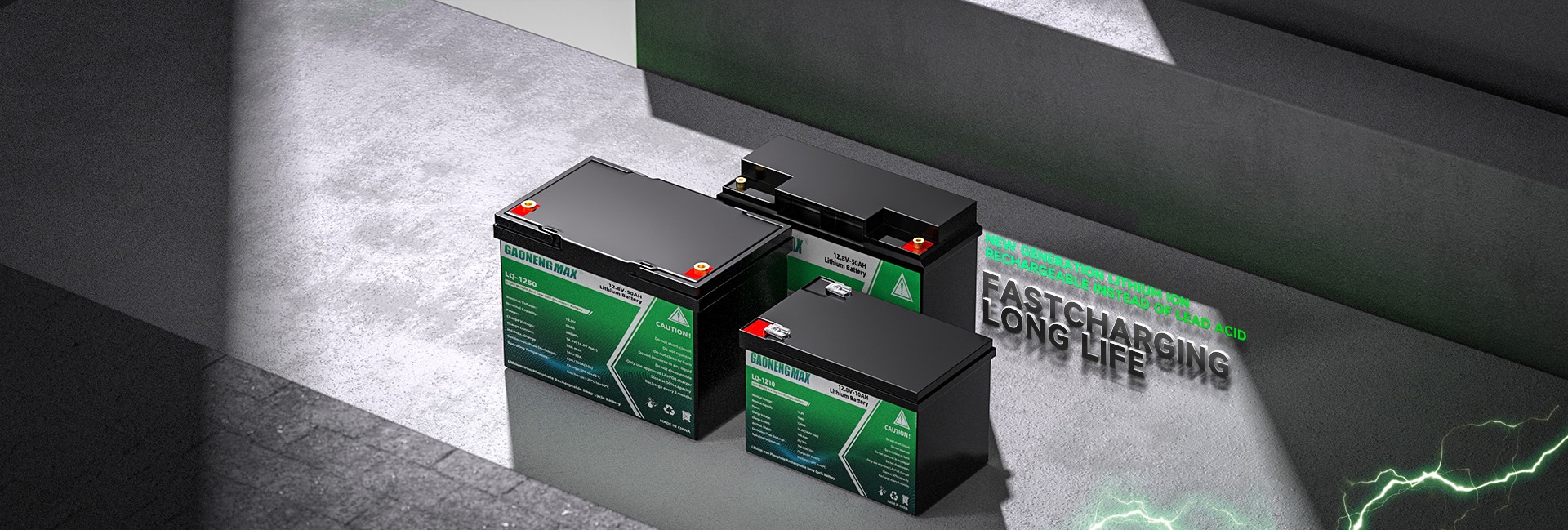

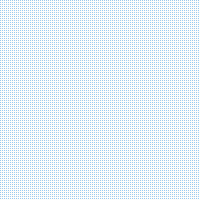


















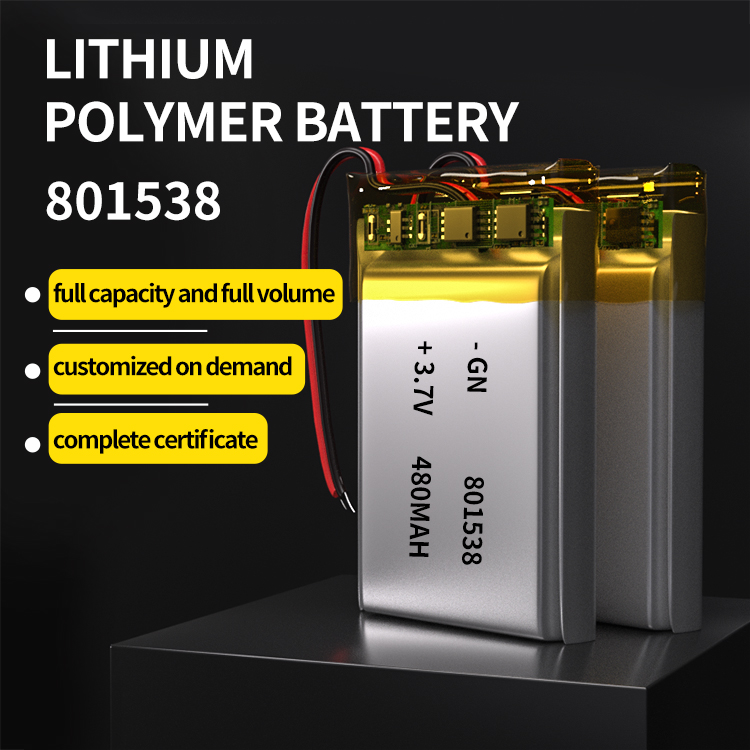








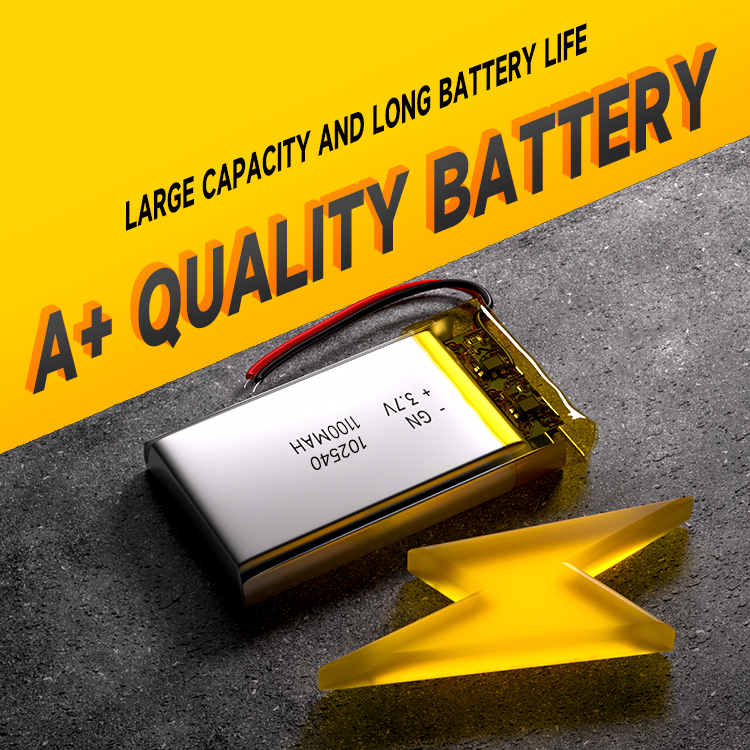
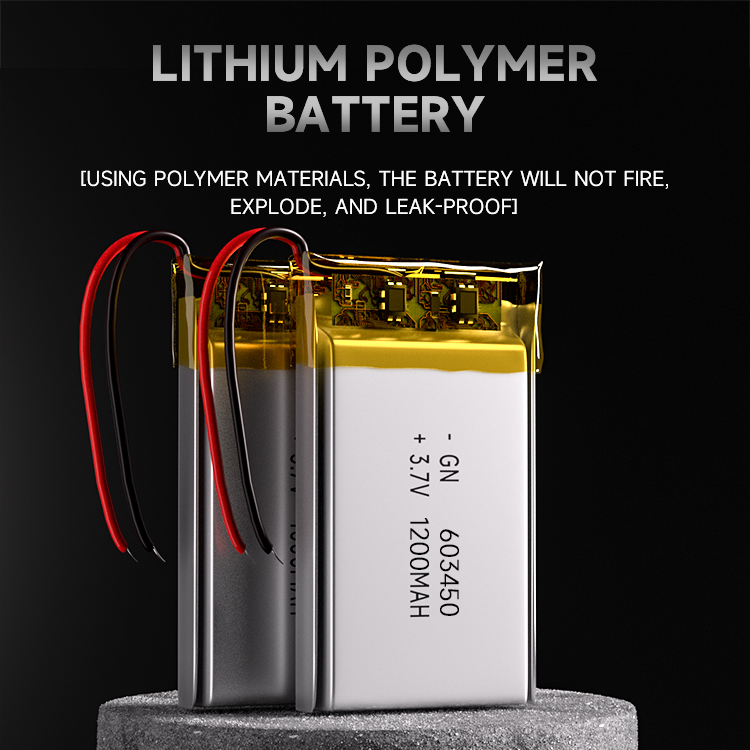
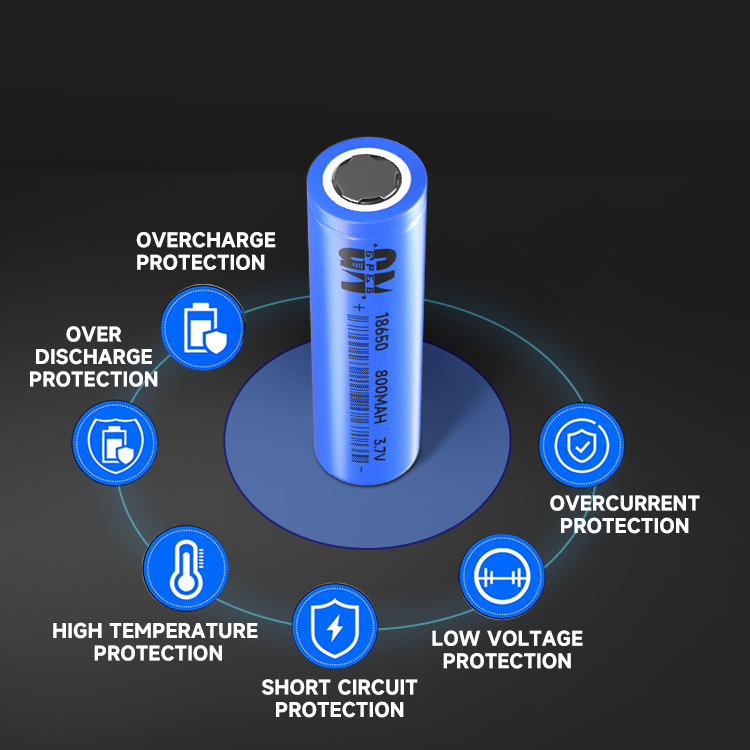


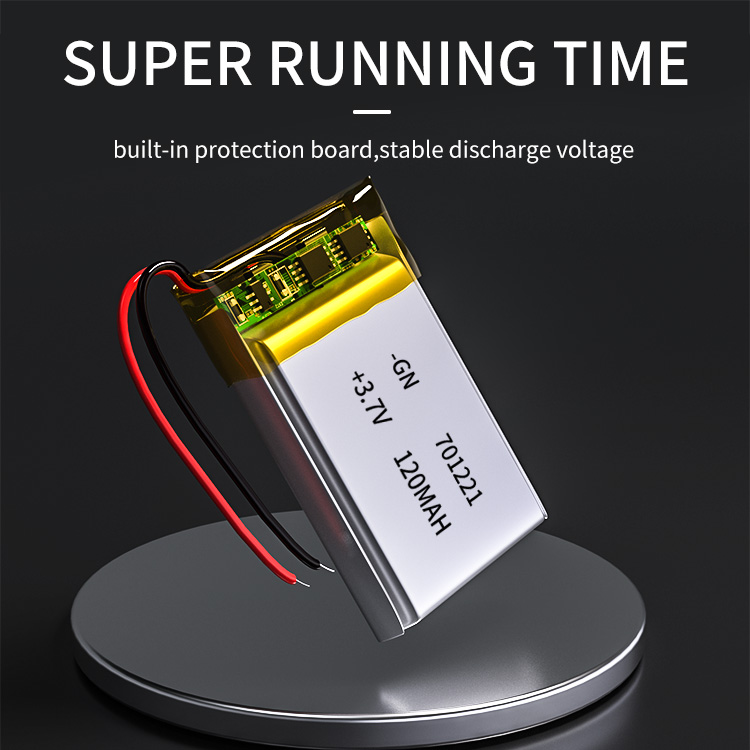
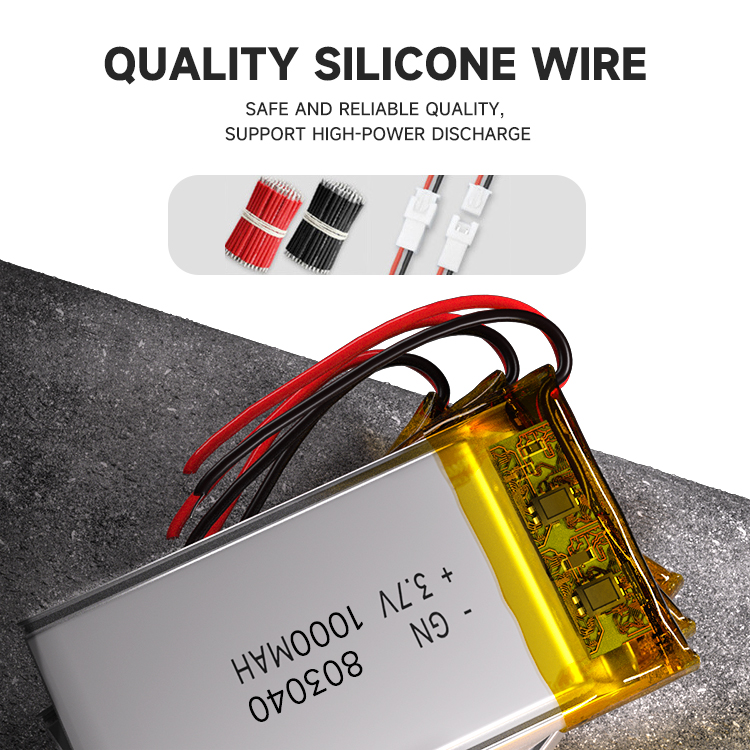












 360° FACTORY VR TOUR
360° FACTORY VR TOUR
 Whatsapp
Whatsapp
 Tel
Tel Email
Email TOP
TOP